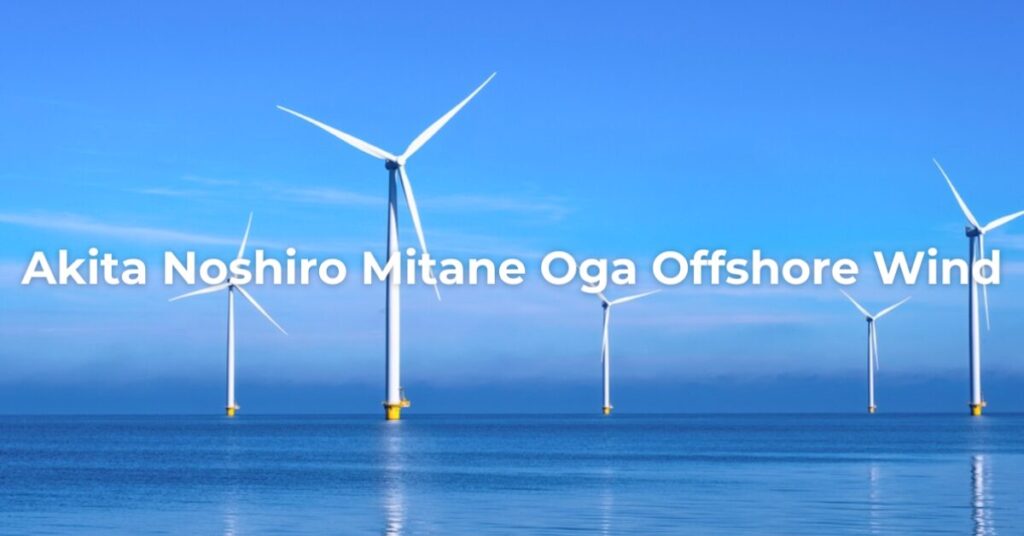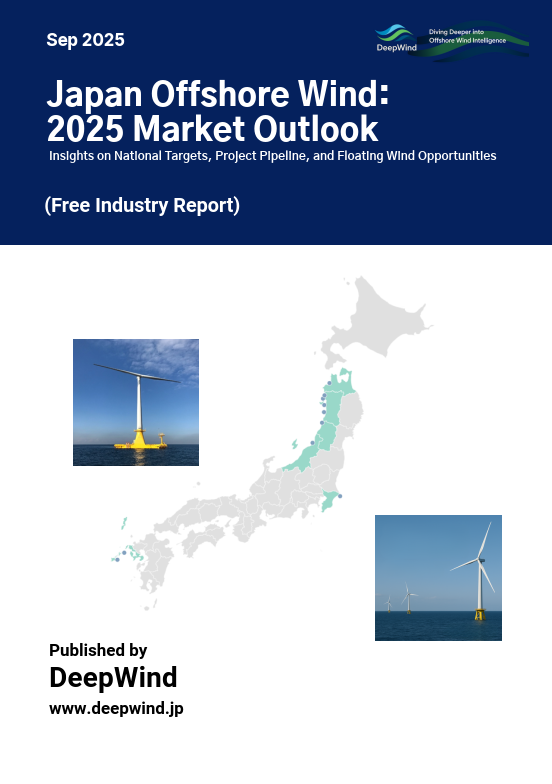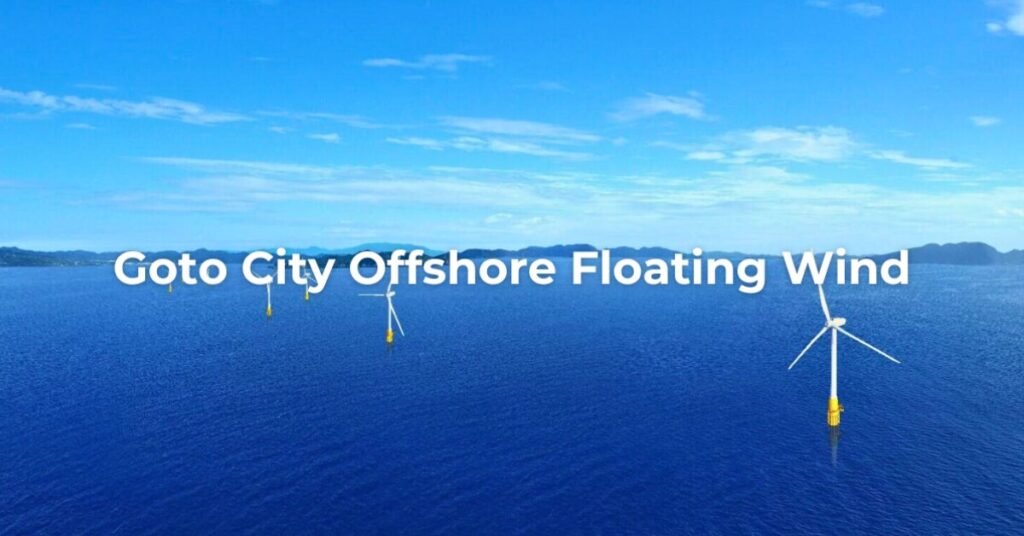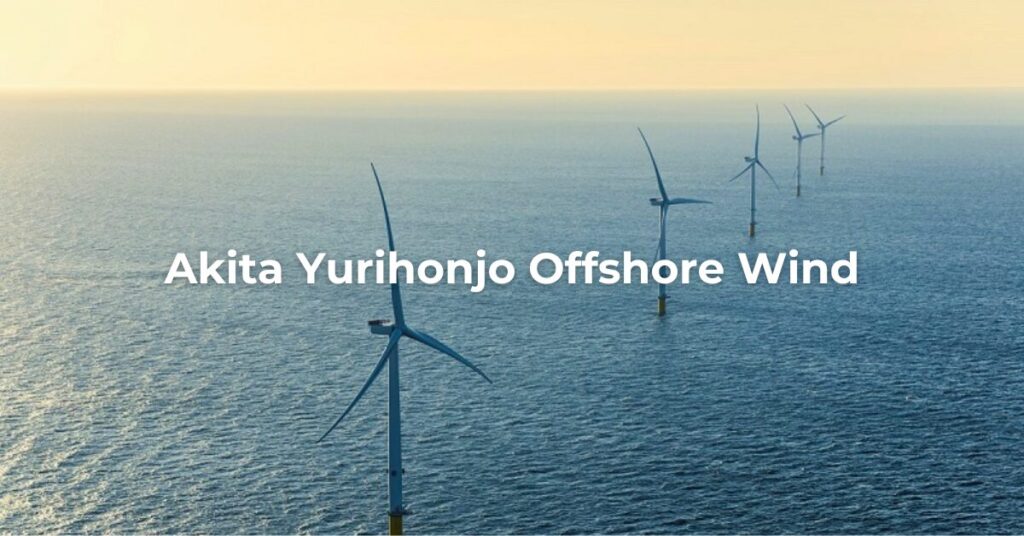Japan is accelerating its offshore wind ambitions with the Akita Noshiro, Mitane, and Oga Offshore Wind Project, a landmark development that underscores the nation’s commitment to renewable energy. As part of Japan’s Round 1 offshore wind auctions, this project represents a key step in achieving the country’s 2030 target of 10 GW and 2040 goal of 30-45 GW in offshore wind capacity.
With a total capacity of 494 MW, this fixed-bottom offshore wind farm is expected to play a significant role in decarbonizing Japan’s energy mix while fostering local industrial development and regional revitalization. Let’s explore the key details, timeline, and investment potential of this project.
➡ For an overview of all ten Promotion Areas as of 2025, see:
Promotion Areas for Offshore Wind in Japan – 2025 Overview
1. Project Overview
| Project name | Akita Noshiro Mitane Oga Offshore Wind |
| Developer | Akita Noshiro Mitane Oga Offshore Wind LLC |
| StakeHolders | Mitsubishi Corporation Offshore Wind Ltd. C-TECH CORPORATION Mitsubishi Corporation |
| Location | Offshore Noshiro Mitane Oga City, AKITA Prefecture |
| Type | Fixed-bottom Offshore Wind Power |
| WTG | GE |
| Price | 13.26 JPY/kWh |
| Capacity | 494 MW (13 MW × 38 turbines) |
| Start of Construction | 2026 |
| Operation Period | December 2028 – April 2052 |
This project is part of Japan’s first competitive offshore wind auction (Round 1) and is expected to set benchmarks for future large-scale offshore developments.
2. Location
2-1. Sea & Geographical Features
The area of the sea is approximately 6,269 ha. The water depth is approximately 10m to 30m, and the wind turbines are placed to avoid fishing grounds along the coast that are less than 10m deep. The area is along the Sea of Japan coast where strong winds are expected.
2-2. Port Infrastructure & Grid Connection
Noshiro Port will be used as the base port for construction and operation. It is planned to be connected to the Noshiro substation of the Tohoku Electric Power network.
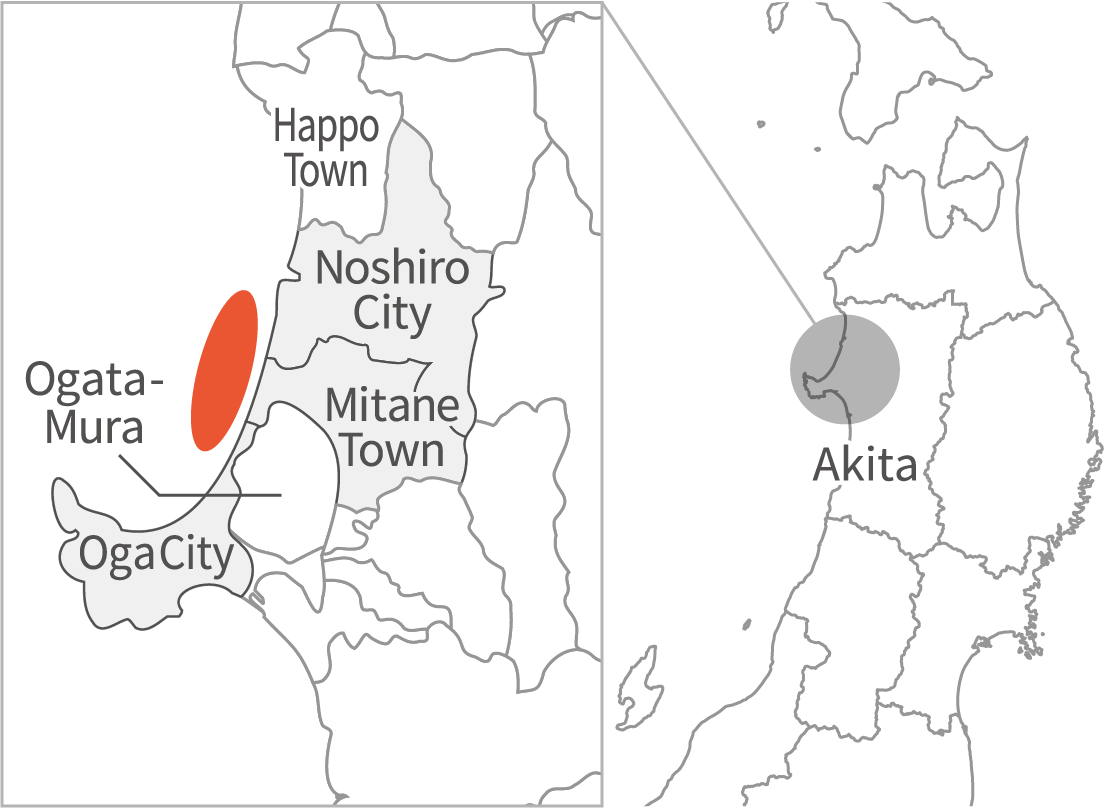
3. Overview of Wind Turbine Facilities

4. Project Timeline & Phases
The development follows a structured 4-phase approach:
1️⃣ Development Phase (2021-2026)
- Public auction awarded in December 2021
- Environmental impact assessment, wind measurements, and seabed studies
- FIT approval & permitting process
- Collaboration with local fishing industries & communities
2️⃣ Construction Phase (2026-2028)
- March 2026: Onshore substation & transmission infrastructure
- June 2027: Offshore foundation & cable installation
- 2028: Wind turbine assembly & installation
3️⃣ Operation & Maintenance (2028-2052)
- Managed by Mitsubishi Corporation & GE
- Ongoing maintenance at Noshiro Port
4️⃣ Decommissioning & Repowering (2052 onwards)
- End-of-life planning for wind farm components
- Potential repowering based on future energy policy
EIA status
| Prefecture | Project name | Developer | EIA Stage | Project Scale | Last updated |
|---|---|---|---|---|---|
| Akita | (Tentative name) Offshore Wind Power Project off Noshiro City, Mitane Town, and Oga City, Akita Prefecture | Akita Noshiro, Mitane & Oga Offshore Wind GK | Method Statement | Total output: up to 532 MW; per-turbine output: 12.6–14 MW; number of turbines: up to 38 | Jun 10, 2025 |
| Akita | (Tentative name) Noshiro–Mitane–Oga Offshore Wind Power Project | Sumitomo Corporation | Project Terminated | Approx. 475–540 MW (up to 50 turbines of approx. 9.5–12 MW each) | Jun 11, 2024 |
5. Reviewing the Business Plan from Scratch?
Mitsubishi Corporation announced that it had recorded an impairment loss of 52.2 billion yen for the April–December 2024 period due to a reassessment of its three domestic offshore wind projects. At a press conference, President Katsuya Nakanishi stated, “We take the impairment seriously” and indicated that the company will reconsider its future business policy from scratch.
5-1. Causes of the Impairment and Future Policy
Mitsubishi Corporation won bids for three projects in 2021 and has been developing them for about three years. However, due to global inflation, yen depreciation, and rising interest rates, project costs significantly exceeded expectations. As a result, the company is reassessing profitability, with a final decision on whether to continue the projects to be made in the future.
The company also explained that nearly all recorded assets have been written off, and although further impairment losses may occur, the impact would be limited.
5-2. Breakdown of the Impairment Loss
Expenses related to surveys, design, and permitting had been recorded as assets but are now entirely written off. The total of already-paid expenses and expected future costs amounts to 52.2 billion yen.
5-3. About the Bid Pricing
In the 2021 auction, Mitsubishi Corporation won the projects with significantly lower bids than its competitors. The company explained that the decision was based on risk analysis using the expertise of Eneco. However, higher-than-expected inflation and cost increases greatly impacted the projects’ profitability.
5-4. Future of the Offshore Wind Business
Mitsubishi Corporation recognizes offshore wind as a key power source for a decarbonized society. Going forward, it intends to carefully assess its business strategy in light of inflation, interest rates, and currency trends.
6. Mitsubishi-led Consortium to Exit Three Offshore Wind Projects in Japan-Aug 26th
Mitsubishi Corporation and partners are preparing to withdraw from offshore wind projects across three sites off Chiba and Akita prefectures.
6-1. Why Exit?
- Ultra-low bid prices during the auction
- Rising material and construction costs
- Projects deemed no longer economically viable
This marks a major setback for Japan’s flagship renewable energy program.
Re-tendering is expected, but the withdrawal highlights the challenges of balancing cost-competitive auctions with the realities of supply chain inflation and project financing.
6-2. Implications
- Investor confidence hinges on how the government resets its renewable energy policy
- Japan’s offshore wind strategy may face a significant review
- Timeline pressure toward the 2030 (10 GW) and 2040 (30–45 GW) national targets increases
7. CAPEX, OPEX, LCOE and IRR Estimates
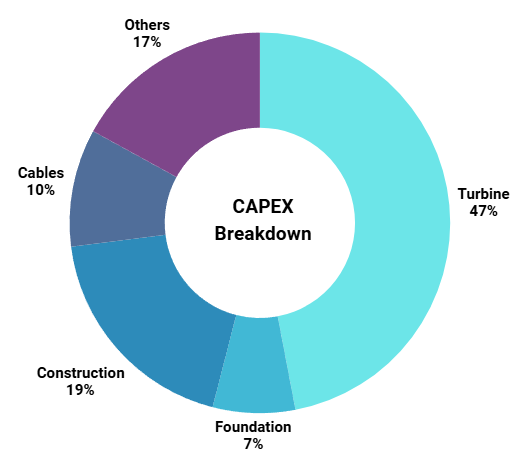
Evaluating the profitability of offshore wind projects requires close attention to cost-related indicators such as CAPEX, OPEX, LCOE, and IRR. However, in Japan’s designated Promotion Zones, publicly available cost data remain scarce, leaving investors and developers with limited information for decision-making.
To address this, we estimated CAPEX, OPEX, LCOE, and IRR using the NEDO cost model, based on representative site conditions including distance to shore, water depth, and distance to port.
👉 Read the full article here
Conclusion
The Akita Noshiro, Mitane, and Oga Offshore Wind Project is more than just an energy initiative—it is a catalyst for Japan’s offshore wind revolution. With a massive 494 MW capacity, cutting-edge technology, and a clear roadmap for local economic benefits, this project is a milestone toward Japan’s decarbonization goals.
As Japan continues its offshore wind expansion, this project will set standards for future auctions, attract global investors, and reinforce Japan’s position in the renewable energy transition.
To explore how this area compares nationally and understand Japan’s offshore wind roadmap, visit:
Promotion Areas for Offshore Wind in Japan – 2025 Overview —
your guide to Japan’s offshore wind Promotion Areas.
Explore more categories at DeepWind:
- 🔍Market Insights – Understand the latest trends and key topics in Japan’s offshore wind market
- 🏛️Policy & Regulations – Explore Japan’s legal frameworks, auction systems, and designated promotion zones.
- 🌊Projects – Get an overview of offshore wind projects across Japan’s coastal regions.
- 🛠️Technology & Innovation – Discover the latest technologies and innovations shaping Japan’s offshore wind sector.
- 💡Cost Analysis – Dive into Japan-specific LCOE insights and offshore wind cost structures.
